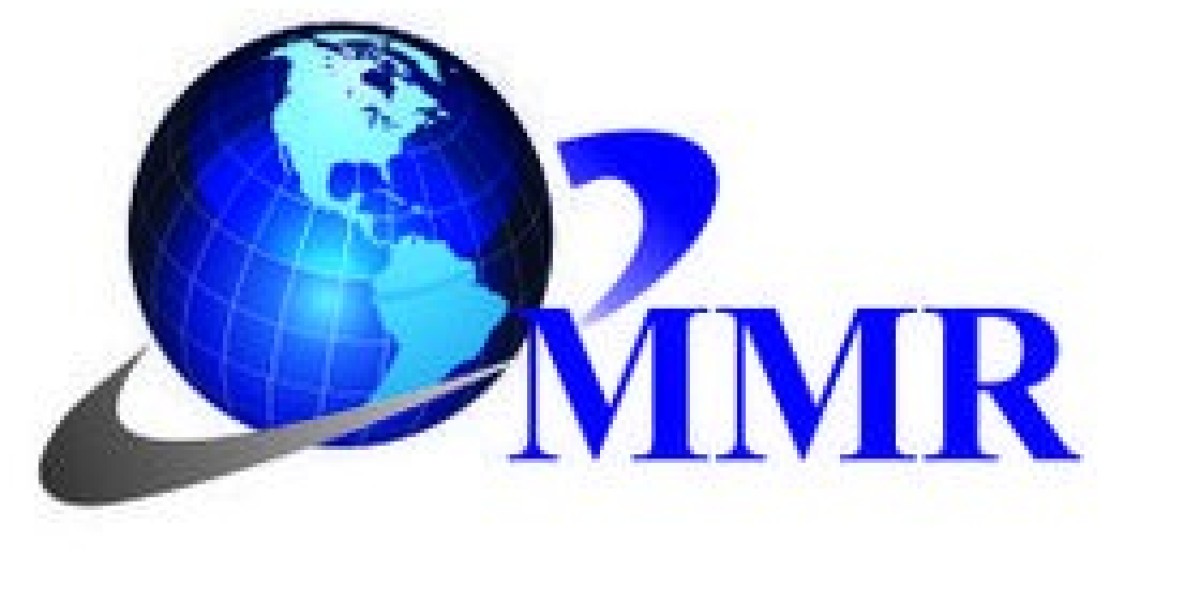Accounting software manages and records the daily financial operations of a business.
It includes fixed asset management, expense management, revenue management, and also accounts.

A program called accounting software is intended to simplify accounting procedures like:
- General Ledger
- Bank Reconciliations
- Accounts Payable
- Accounts Receivable
- Budgeting
- Reporting.
Let’s discuss some purchase-related issues –
Before you start your search for software, there are a number of questions to ask.
Let’s discuss the questions –
How large is the business?
The size of the business is important when choosing a new application.
Most vendors offer programs that adapt to particular business sizes, such as small, medium, and big, as opposed to a one-size-fits-all model.
The majority of programs grow with your business as you hire more people and invest in more resources.
If you’re a freelancer or a small corner shop then you don’t need an enterprise-level platform.
Similar to this, if your company becomes a worldwide phenomenon like Apple, Microsoft, and Amazon, you won’t need a mid-sized program.
2. Which option for deployment is best?
Do you want an on-premise, cloud, or hybrid of the two?
On-premise access enables users to utilize the program from a single place on company computer systems.
Small businesses with neighborhood stakeholders and also partners should choose this option.
By using a vendor’s server, cloud deployment enables you to store the program and data.
On-the-go access to the solution and corporate data is possible via mobile devices.
If you have partners, stakeholders, partners, or other regional or international facilities, this solution is great for you because it allows you to access data instantly over a reliable internet connection.
Licensing fees are often used by on-premise solutions, whereas cloud applications charge fair subscription rates.
3. What is the budget’s size?
Firstly, prepare a budget in advance.
Secondly, Make a spending plan for yourself and follow it.
Additionally, you don’t need to invest a lot of money on a solution only to see it fail to pay off (ROI).
Here is a summary of the key specifications and features of accounting software that you need to be aware of:
1. Accounting services and financial statements –
Trial balancing accounts payable and receivable, general ledger balancing, journal entries, bank reconciliations, chart of accounts, accounts payable and also receivable are only a few examples of basic bookkeeping processes employed.
Additionally, With these tools, you can even practicable to automatically complete tasks like printing reports and other tasks
2. Asset Control / Management –
Use this application to manage a variety of resources, such as equipment, vehicles, and investments, on behalf of individuals or other companies.
Generally, the asset manager assesses an asset’s suitability and potential to strengthen a client’s portfolio.
Additionally, you might carry out asset revaluations, depreciation ciphering, fixed asset tracking, and intangible asset amortization.
3. Banking Administration –
Use banking management to keep an eye on all banking operations.
It is used by users to smooth accounting duties like accounts payable, accounts receivable, and general ledger, to mention a few, as well as to supervise user data, produce in-depth reports, administer systems, and perform system administrations.
There are various benefits to using banking management tools and solutions. Also, they –
- reduce operation expenses,
- offer protected transactions,
- cut back on travels to the bank,
- carry out quick payouts.
Here are the few bank management –
- a. Management of Bank Transactions: Automatic and Manual
- b. Reconciling the Banks
- c. summary report for bank reconciliation
- d. Bank Regulations to Classify Transactions Automatically
- e. All Transactions in Bulk Reconciliation.
- f. Payments of a Record in One Subsidiary for the Benefit of Other Subsidiaries.
4. Budget management –
Using this tool, you may create, maintain, adjust, and also stick to budgets.
As you track your revenue over time, create a sufficient budget that is in line with your company’s objectives.
Additionally, this module gives precise real-time data, easy budgeting procedures, thorough reporting, and lower costs.
The demand of your clients is aligned with an efficient budgeting tool or piece of software, which also prevents overspending.
You can review some budgetary checkpoints here.
- Financial Control Framework
- Building a budget.
- Actuals vs. Budget Report.
- Rolling Prediction.
- Creating scenarios.
5. Management of Estimates and Invoices –
Firstly, In a single and convenient area, you can create and manage invoices and estimates.
Some capabilities even let you send estimates to clients, which, upon approval, turn into payable invoices.
Additionally, you may add your company’s colors, logos, and other customizations to quotations and bills, and you can also check invoice stats to see when clients pay them.
Here are some requirements for the estimates and invoice management –
- Account aging and Report
- Automated Payment Reminders
- Convert an Estimate to an Invoice
- Credit Notes
- Customer Portal to Download Invoices and Make Payments
- Estimate Creation and tracking
- Invoice Creation and reporting
- Partial Payment of Invoices
6. Expense Management –
A company’s costs can affect its growth, and by analyzing costs, so you can better manage your company. The software has a dedicated area for managing spending.
So, you can identify areas where you are spending more and figure out how to reduce wasteful expenses to increase revenues.
Additionally, you get improved analytics, quicker operations, connectors for credit cards, and receipt monitoring.
7. Accounting services and financial statements –
Simple book-keeping techniques can also be used, such as trial balancing, accounts payable and receivable, general ledger balancing, journal entries, bank reconciliations, chart of accounts, and accounts payable and receivable.
Even printing reports and performing other duties automatically is possible with these tools.
8. Payroll management –
Some businesses have chosen to use payroll software instead of outsourcing payroll because they believe the risks involved are too large.
You might as well keep payroll in-house where you can maintain total visibility and control as your firm is liable for the necessary taxes and social security information.
By recording PTO and sick, regular, and overtime pay, payroll modules also simplify the management of personnel records.
Here is the complete remedy – the Elate Accounting Software UAE
It is an affordably priced accounting software solution with VAT designed for your expanding company.
Automate business procedures, track income, and expenses, and streamline business transactions.
Why are businesses more likely to use Elate Accounting Software?
This web-based tool is appropriate for all enterprises, from small startups to huge and complicated corporations.
It has powerful features and is effective, straightforward, and also easily configurable.
As a result, it guarantees that managing business finances is simple, accurate, and high in both data security and information integrity.
Elate Accounting Software Dubai offers strong budgeting features in addition to integrated interfaces to Microsoft Word and Excel.
Features of Elate Accounting software UAE –
- Invoicing – It creates an automatic invoice for customers and also for vendors.
2. Inventory – Quickly add the products and services you provide to your transactions by capturing them in the software.
Additionally, set a reorder point and top off the supply when it runs out.
And also always keep an eye on the inventory levels.
3. Expense Tracking –
You can keep tabs on every transaction whenever and wherever you wish.
You can also keep a record of each financial transaction you make.
Knowing where the money is going can help you make an informed choice.
4. Account Reconciliation-
The Elate Accounting Software makes paying bills simple and also keeps track of your payables and is aware of where your money is going.
Additionally, It quickly creates retail invoices.
And also record the payments you have made.
5. Banking –
After opening a bank account, you can import your transactions into your accounting program.
6. Timesheet –
Firstly, keep track of the time spent on projects and easily send invoices to your clients.
Also, keep track of expenses and unpaid time.
In addition to this you can also directly generate invoices from projects.



